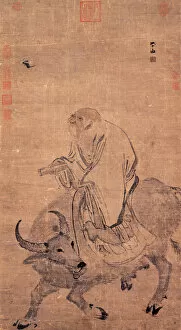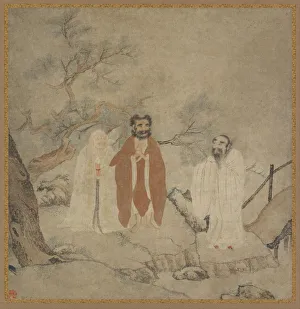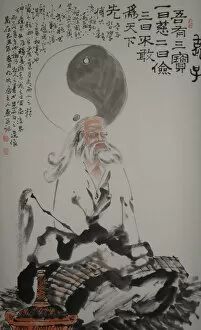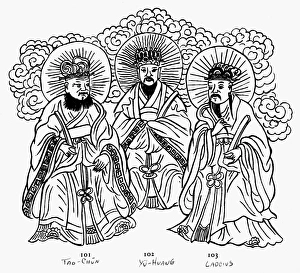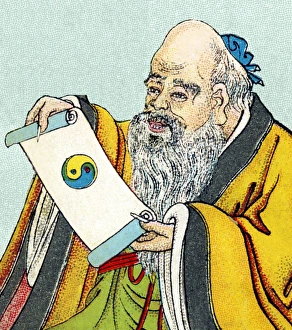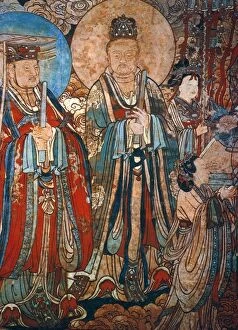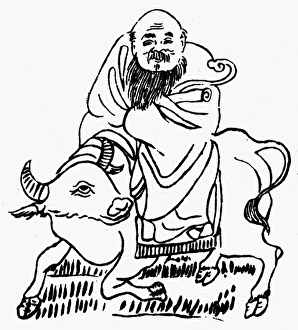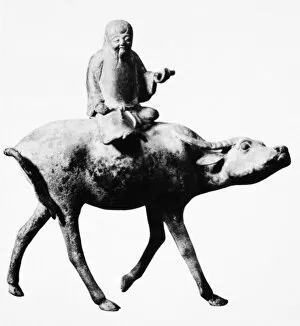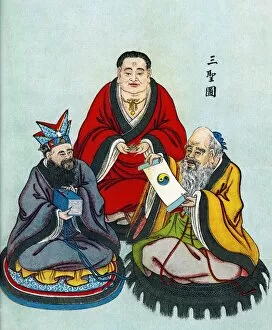Lao Tse Collection
Lao Tse, also known as Laozi, was a prominent Chinese philosopher and the founder of Taoism
All Professionally Made to Order for Quick Shipping
Lao Tse, also known as Laozi, was a prominent Chinese philosopher and the founder of Taoism. His teachings have had a profound impact on Eastern philosophy and spirituality. In ancient China, Lao Tse's wisdom was often compared to that of Confucius and Buddha. These three great thinkers each offered unique perspectives on life, ethics, and spiritual enlightenment. The artistic depictions of Laozi riding an ox by Zhang Lu and the painting featuring Sakyamuni (Buddha), Laozi, and Confucius showcase the reverence with which he is regarded in Chinese culture. Throughout history, artists have been inspired by Lao Tse's teachings. Anonymous artists captured his essence in their portrayal of him alone while Roerich depicted him in 1943 amidst turbulent times, and is associated with the Three Pure Ones - Tao-Chun, Yu-Huang, and himself - symbolizing purity and divine power. One intriguing artifact from the Sung dynasty is a bronze incense burner shaped like a water buffalo carrying its rider believed to be Lao-tzu. This showcases how deeply ingrained his image has become in Chinese religious iconography. As we explore these various representations of this revered philosopher throughout time, it becomes evident that his influence extends far beyond mere words or ideas; it permeates artistry itself. Lao Tse's legacy lives on through his timeless teachings about harmony with nature, simplicity in living, and embracing the flow of life. He continues to inspire countless individuals seeking inner peace and spiritual growth even today.


